If you are looking to invest in a log splitter, then you are doing the right thing. A log splitter can dramatically speed up your log splitting jobs, and it will also be much safer than an ax! With that said, there are many log splitters on the market (perhaps too many), and identifying the right one is a challenge for many people.
If you’re also struggling with finding the right log splitter, then we want to introduce you to what we think are the 5 best log splitters for the money on the market. Without further ado, let’s have a look at what they have to offer!






More article: Champion 25 ton Log Splitter Reviews
Best Log Splitters Reviews!
1. Boss Industrial ES7T20 Electric Log Splitter
The ES7T20 electric log splitter seems like a good option for buyers who will be splitting logs on a regular basis. Though this isn’t the most feature-rich log splitter on our list, it is the most heavy-duty one.
At the heart of this electric log, splitter is an industrial-grade pump that should deliver reliable hydraulic operation for the years to come. You are also getting a heavy-duty steel wedge that shouldn’t require too much maintenance or sharpening from you to split logs as it should.
Capacity-wise, the ES7T20 is solid – it takes logs that are up to 20.5 inches long and 10 inches in diameter, and it delivers up to 7 tons of splitting force, which should be enough for the supported log size.
A big pro in this electric log splitter is the sturdy log supports that run along the entire stroke length of the unit.
The splitting cycle here is remarkably short as well – just 14 seconds, partly thanks to the automatic ram return. While this may not sound impressive, and it’s surely not the best on the market, that’s actually the shortest cycle among the log splitters on our list out of the box.
Finally, it’s notable that the ES7T20 is designed to be operated with one-hand. In contrast, electric log splitters typically require you to pull a lever AND push a switch to engage the ram.
Paired with the short cycle time, the one-handed operation makes this log splitter a great unit for high-volume jobs, though it also means that you need to be more careful.
PROS
- Delivers 7 tons of splitting force.
- Heavy-duty.
- Short cycle time.
- Great log support.
- One-handed operation.
CONS
- Pricey.
- The one-handed design implies some safety risks.
2. WEN 56207 6.5-Ton
Although much cheaper than the Boss Industrial ES7T20 electric log splitter, the WEN 56207 electric log splitter may be a much interesting option for the average user.
Now, you do get a little lower splitting force (up to 6.5 tons), a less heavy-duty build, and the splitting cycle here is at 20 seconds, which is the longest on the list. With that said, there are a few things in this splitter that the Boss Industrial splitter doesn’t have.
One of those things is the included 34-inch stand that allows you to elevate the log splitter to a more comfortable working height. If you do not have your own stand, then the one included with the 56207 splitters may come in handy.
The second notable feature is the adjustable ram position. The ram in this electric log splitter can be brought a little bit forward to allow you to split shorter logs more conveniently.
Aside from that, by adjusting the ram forward, you can somewhat shorten the cycle duration in this machine, though not by much. In its forward-most position, the cycle length may get close to the cycle of the Boss Industrial splitter, though the max log length will also get shorter as you bring the ram forward.
The ram here, by the way, automatically returns to its initial position, allowing you to split logs a little bit more conveniently.
The log capacity in this log splitter is the same as in the Boss Industrial unit – 20.5 inches in length and 10 inches in diameter.
In terms of downsides, apart from the long splitting cycle, we would like to note the log support “wings” on the sides of the machine. While they are fairly deep and should hug the wood well, they do not run all the way up to the wedge. This may become a problem with shorter logs. On the other hand, the open end will not restrict the logs as they are getting split, so the support wing design here is a double-edged sword.
PROS
- 6.5 tons of splitting force.
- Adjustable ram stroke length.
- Comes with a stand.
CONS
- Long splitting cycle.
- The support wings don’t run all the way up to the wedge.
3. Sun Joe LJ10M
For very occasional splitting jobs, Sun Joe’s LJ10M log splitter may be a great option. It’s not too expensive, it doesn’t have any motors to maintain, and it delivers plenty of splitting force (10 tons).
Like the other log splitters on our list, the LJ10M employs a hydraulic pump to deliver tons of splitting force. However, here, the piston is operated manually.
You have to pull the operating handles to push the log into the wedge, and you then have to turn the knob at the back of the ram to release the pressure and allow the springs to pull the ram back. In electric units, you only need to pull a lever to engage the piston and release it to make it come back.
This certainly makes the LJ10M simpler and easier to maintain. But you definitely cannot do high-volume jobs with this thing. That’s why the Sun Joe LJ10M log splitter is best for occasional large log splitting jobs.
With that said, log size-wise, this log splitter isn’t too far off the units already reviewed – it splits logs up to 18 inches long and 8 inches in diameter. You can also conveniently split shorter logs if you let go of the pressure release knob before the ram comes back to its rearmost position – this will stop the ram a little bit ahead.
The one thing that we dislike about this log splitter is the log supports. They are tiny, and though they should support large logs just fine, smaller odd-shaped logs may become quite the headache for you with this splitter.
PROS
- 10 tons of splitting force.
- No motors to maintain.
CONS
- Not for high-volume jobs.
- Poor log support.
4. Southland SELS60

Southland’s SELS60 6-ton electric log splitter looks very much like the Boss Industrial heavy-duty log splitter, but it’s a less rugged and lower-performance machine.
The biggest disadvantage of the SELS60 log splitter is that it has an 18-second long stroke, 4 seconds longer than in the Boss Industrial log splitter. In high-volume jobs, these 4 seconds will accumulate and significantly reduce your log output.
However, unlike the Boss splitter, SELS60 has a ram stroke limiter that allows you to more conveniently split shorter logs and reduce the cycle time.
In terms of log size, the SELS60 is identical to the Boss log splitter – it again splits logs up to 20.5 inches in length and 10 inches in diameter. It likewise has sturdy support tubes that run along the entire stroke length.
Remarkably, the SELS60 log splitter can also be stored vertically, allowing for a significantly reduced footprint. With that said, keep in mind that this log splitter is not designed to split logs vertically – it can only be stored that way.
PROS
- Adjustable stroke length.
- Can be stored vertically.
- Great log support.
CONS
- Long-stroke cycle.
5.YARDMAX YS055
Finally, we have the SY0552 electric log splitter by YARDMAX. Thanks to its short cycle time, it’s a solid alternative to the Boss Industrial ES7T20 log splitter. If you don’t quite need the benefits of the Boss splitter or don’t like something about it, YARDMAX’s unit may be a better choice.
Perhaps the most important feature of the SY0552 is its 16-second splitting cycle, which is only 2 seconds off of the cycle of the Boss splitter. This cycle should be short enough to allow for quick high-volume splitting.
What’s even better is that the SY0552 log splitter allows you to limit the stroke length, which, as you already know, brings the cycle time down and allows you to more conveniently split short logs.
YARDMAX includes a stand with this log splitter, which may be a handy piece of equipment for some people. If you remember, the Boss splitter doesn’t come with one. Likewise, you are getting a log tray for safer log catching.
Log capacity-wise, the SY0552 is identical to the Boss splitter – it again splits logs up to 20.5 inches long and 10 inches in diameter. However, the splitting force output here is noticeably lower at just 5 tons. This may be an issue if you will be splitting denser, harder logs.
What the SY0552 splitter cannot boast as well as one-handed operation. This thing requires a two-handed operation, which makes the machine less convenient. On the other hand, it makes this splitter safer than the Boss unit.
And finally, the YS0552 log splitter has shallow log supports. The supports are similar to the “wing” supports in the WEN 56207 log splitter, but the WEN splitter’s supports are deeper.
In the end, the YARDMAX YS0552 is a decent alternative to the Boss splitter if you want a high-volume unit. This log splitter isn’t as high-capacity, but its benefits may be very interesting to some people.
PROS
- Quite a short cycle time.
- Adjustable stroke length.
- Included stand.
CONS
- Shallow wood supports.
Things To Look For In The Best Log Splitter For The Money
Now that we know what each of the listed log splitters has to offer, let’s have a look at the features that you should be looking for in the best log splitter for the money.
With each reviewed log splitter, we’ve tried to give you an idea of who that splitter would be best for. You may already be able to choose the right tool based on our recommendations, but if anything remains unclear for you, we may have the answers below.
Electric vs gas vs manual
To allow you to split logs quickly and effortlessly, log splitters traditionally employ hydraulic pumps. The pumps have to be moved somehow – typically, log splitters either have motors (gas or electric) that engage the pump, or they require you to run the pump manually.
Each of these approaches has its own advantages and disadvantages. In short:
- Gas log splitters get very powerful (often over 30 tons) and can be used pretty much anywhere, but they are loud, require gas, produce emissions (and thus can’t be used indoors), and their motors need to be maintained. These log splitters are great for high-volume jobs.
- Electric log splitters do not produce any emissions, require little maintenance, and are quieter than gas splitters. However, electric splitters require electric power and are less powerful than gas splitters (usually up to 20-25 tons). Electric splitters are again great for high-volume jobs.
- Manual log splitters do not have any motors and are very easy to maintain. However, they require you to manually engage and release the hydraulic pump, which makes them very slow in operation. This makes manual log splitters unsuitable for high-volume jobs.
This little rundown of the pros & cons of different splitter types should allow you to pick the right tool for your needs.
Also, keep in mind that log splitters can have kinetic flywheels instead of hydraulic pumps. These log splitters are called kinetic log splitters, and since they differ from hydraulic units quite a bit, we will not cover them in this post.
Tonnage
Next, you need to choose a log splitter with the right tonnage.
The most important thing to consider when choosing tonnage is the kind of logs you will be splitting. Namely, here are the things that will matter:
- Log diameter – the thicker the log, the more wood there is to force apart, and the higher tonnage you need.
- Whether the wood is green or seasoned. Seasoned wood is easier to split since it’s more brittle than green, freshly-cut wood. Due to this, if possible, you should actually wait for your wood to get seasoned.
- Log density. Softwoods are much easier to split than hardwoods.
You don’t want too low tonnage since you won’t be able to do your job, but you also do not want to overpay for excessive tonnage.
For Janka hardness values of different wood types, refer to the chart provided in this Wikipedia article.
Keep in mind that greenwood typically requires 5-10 tons more for splitting than seasoned wood. So again, if you can, allow your wood to the season – this way, you will be able to avoid buying a more powerful and potentially more expensive splitter.
Log capacity
Your log splitter should also be able to physically take your logs. To determine whether the desired log splitter is enough, just have a look at the biggest log size it can split. Pay attention to the max supported log length and diameter.
Cycle time
Pay careful attention to the cycle time of the desired log splitter as well. The cycle time is the time that the splitter takes to split the wood and then bring the ram all the way back.
Needless to say, for high-volume jobs, you should get a log splitter with a shorter cycle time. With that said, do not get a log splitter with, say, a 7-second cycle time if you will not be able to supply logs quickly. If you can’t work fast, then don’t waste your money on an ultra-fast log splitter.
Replacement part availability
Strongly consider how easily available are replacement parts for the desired log splitter. This is especially important with imported or very inexpensive log splitters. If the log splitter manufacturer readily offers replacement components, then you will have a much easier time with keeping your log splitter in good condition.
Final Words
Well, that’s it for our log splitter reviews and buyer’s guide! Hopefully, the guidelines provided by us are sufficient to allow you to find the best log splitter for your money.
Remember that first and foremost, you should consider your needs and preferences. E.g. if you need to only occasionally split wood, then go for a manual splitter. For high-volume splitting of thick logs, go for an electric/gas splitter with higher tonnage.
Once you’ve determined what you need, you should be able to quickly find the right log splitter for your jobs!
More article: Best Chainsaw For The Money

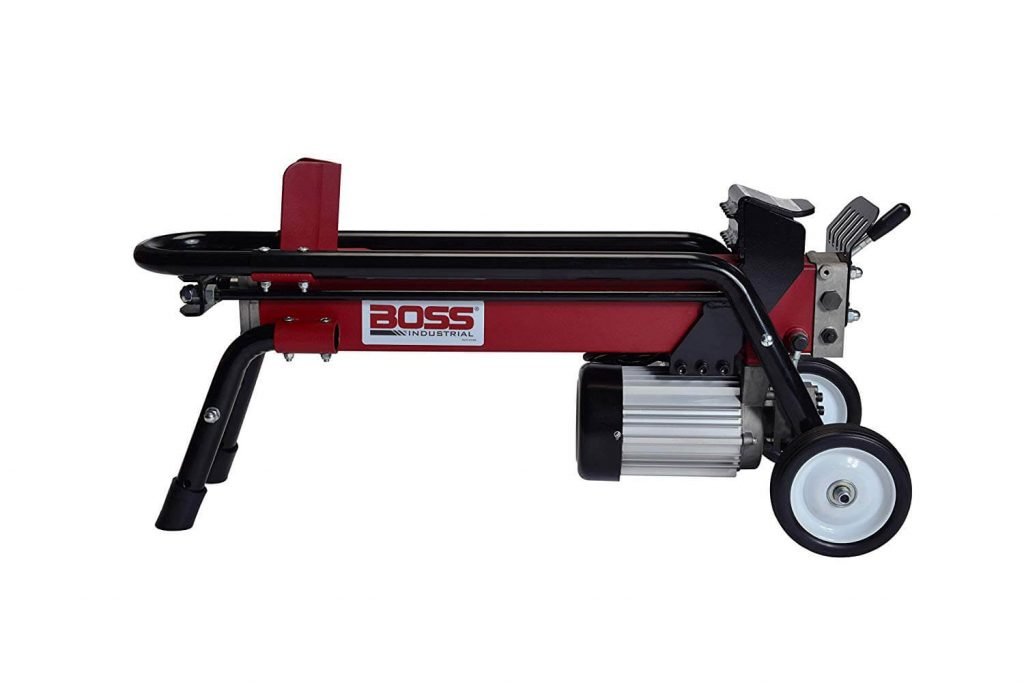
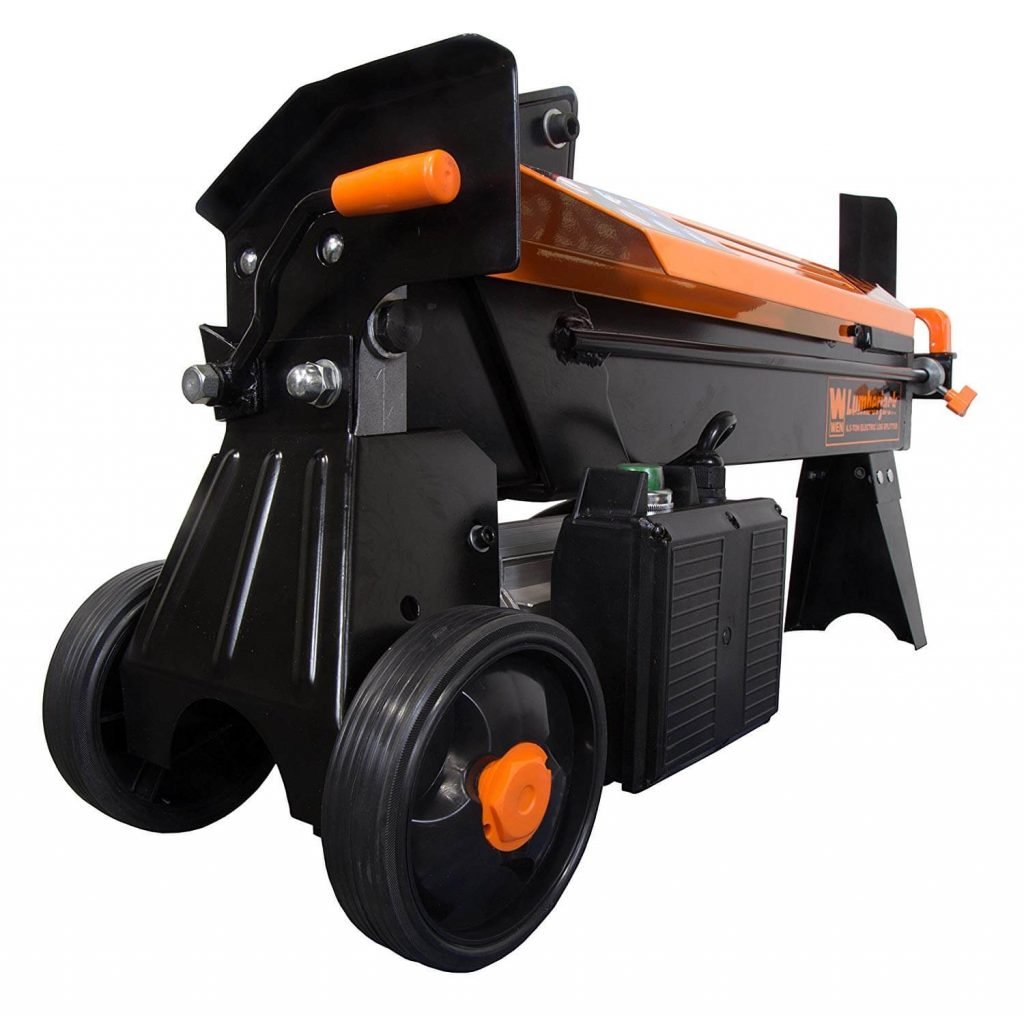
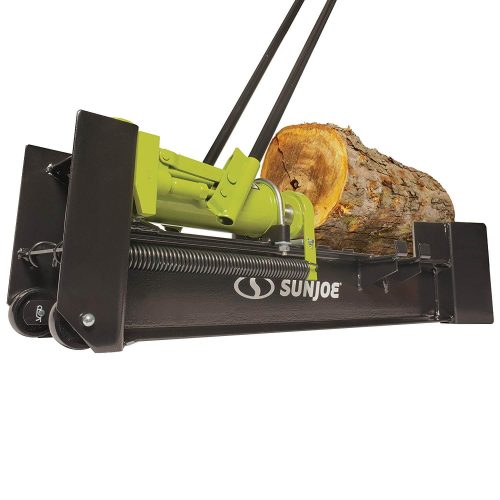
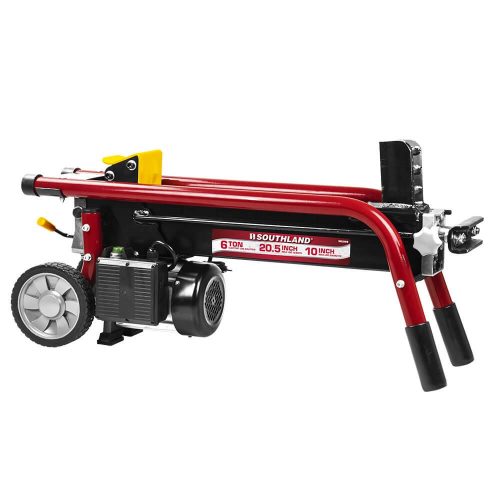
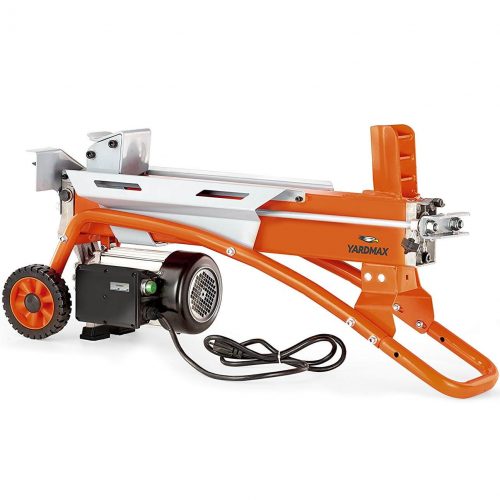



1 thought on “The 5 Best Log Splitters For The Money [Reviews & Guide]”
Comments are closed.